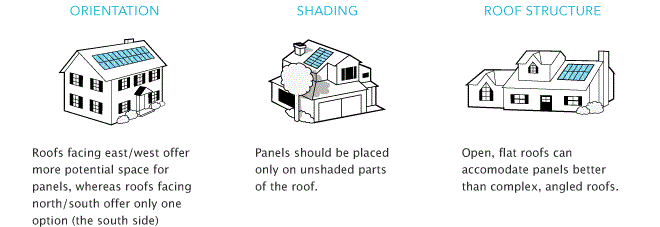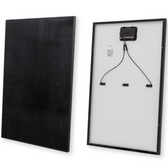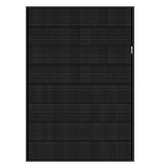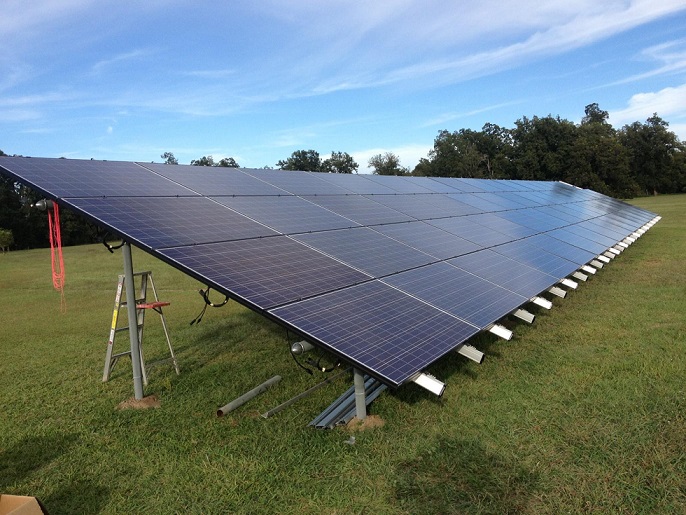 Loading... Please wait...
Loading... Please wait...- Home
- Resources
- Solar Guide
- Is Solar Right for You?
Products
- Heating and Cooling
- Outdoor Living & Patio
- Solar Kits
- Solar Products
- Solar Panels
- Solar Panel Kits
- Solar Generators
- Inverters
- Inverter Monitoring
- Inverter Accessories
- Balance of Systems
- Racking and Mounting
- Rails
- Flashings
- Splice Kits
- Stopper Sleeves
- Conduit Mounts
- Attachments
- Brace Assembly
- Base Mount
- Brackets
- Bolts
- Clamps
- Caps
- L-Feet
- Washers
- Skirt
- Lugs
- Tilt Legs
- Hooks
- Stand-Offs
- Ballast Bay
- Top of Pole Mount
- Side of Pole Mount
- Flush Mount Kits
- Ground Mount Kits
- Roof Mount Kits
- Hardware Packages
- Wire Management
- Batteries
- Battery Accessories
- Charge Controllers
- Tools and Supplies
- View All Products
Is Solar Right for You?
Is Solar Right for You?
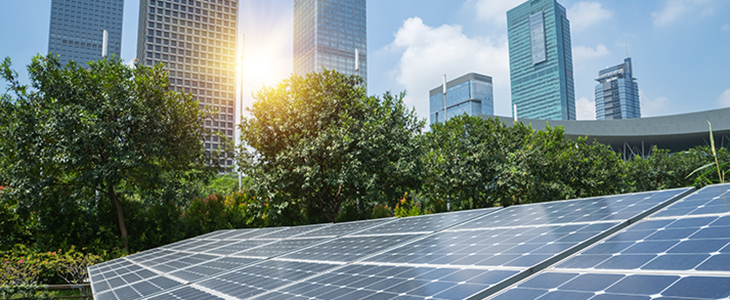
| Gathering and Analyzing Your Energy Use | |
|
Before we begin designing, sizing, and preparing your site location for a solar energy system. You will need to evaluate your total power use now, as well as find opportunities where you can conserve and save. There are many ways you can minimize and eliminate wasteful electric spending, which translates into savings when purchasing your system. Note: For every $1 spent on energy efficiency, you can save up to $5 on the cost of going solar. |
|
|
*If you have less than 1 year of energy usage at your residence or commercial site, then try looking at least 6 months’ worth and calculating from there. Try anticipating adding more use in winter months, and less in summer depending on data available to you. |
| Reduce Wasteful Energy Consumption |
|
Now that you have your annual energy usage, you can consider what is drawing your total monthly KWh use. Every residence or commercial building is different, and utilizes different appliances, lights and energy using equipment for their total electric demand. You may either use our approximate Power Chart Usage Table for typical usage percentages and hourly watts of appliances. You can also try to use our Load Evaluation Chart to calculate daily energy usage. *Neurio Home Energy Monitor Another way to monitor and help reduce energy spending is by installing a home (or commercial) energy monitoring device such as Neurio. The sophisticated yet simple and inexpensive energy monitoring solution that reports real energy usage and helps inform users with intelligent data to make smarter energy decisions. Alternatively, you can try contacting your utility or local government to find out about any energy saving plans. They may have free or low-cost programs for evaluating your energy usage and you can find out where your location may be losing energy through ducting, walls, windows and more. Click to see 100 ways to reduce your energy spending. |
| Evaluating Your Installation Site |
|
Once you have completed analyzing and understanding your annual average KWh usage, you can begin evaluating the potential for solar at the residential, commercial or utility grade site for installation. Start by getting an aerial image of the proposed location through Google Maps or a map tool of your choice. You may also have blueprints or schematics showing layouts, area sizes including land, and directional designs showing where all parts of the site are facing in relation to North, South, East and West. Overall shading issues should also be mapped out if they may exist on your installation site. Alternately, you can also try Google’s Project Sunroof which will show you your roof-top solar potential for select areas.
|
| Identifying Available Solar Yields |
|
The location you plan to install solar on will receive a certain available solar energy yield in your area. This amount differs from region to region within the United States, as such, the amount of sun hours differs from each zone. Locate where the installation site is, and you can gauge how many sun hours you will receive on a daily basis (hours based on annual average). You can reference the NREL – Photovoltaic Solar Resource: Flat Plate Tilted South at Latitude map to see what areas will harvest annual KWh in energy. *Make a note to your general daily KWh solar yield.
|
| Incentives, Rebates, Rules and Regulations |
|
Every state is different, and certain states help incentivize solar while others don’t when planning solar panels to be installed on your property. It will be important to reference DSIRE for any information you might need to know how local, state and federal incentives and rebates might affect the cost of going solar after taxes. *DSIRE Contacting your local municipalities and fire department to find out about any rules or regulations is also important. You can also find out about permits and processes to complete from your local courthouse on solar arrays. We provide a complete set of Services for Solar Permits, Diagrams and Designs. Read more about Solar Incentives and Rebates. |
| How to Go Solar Guide |
|



